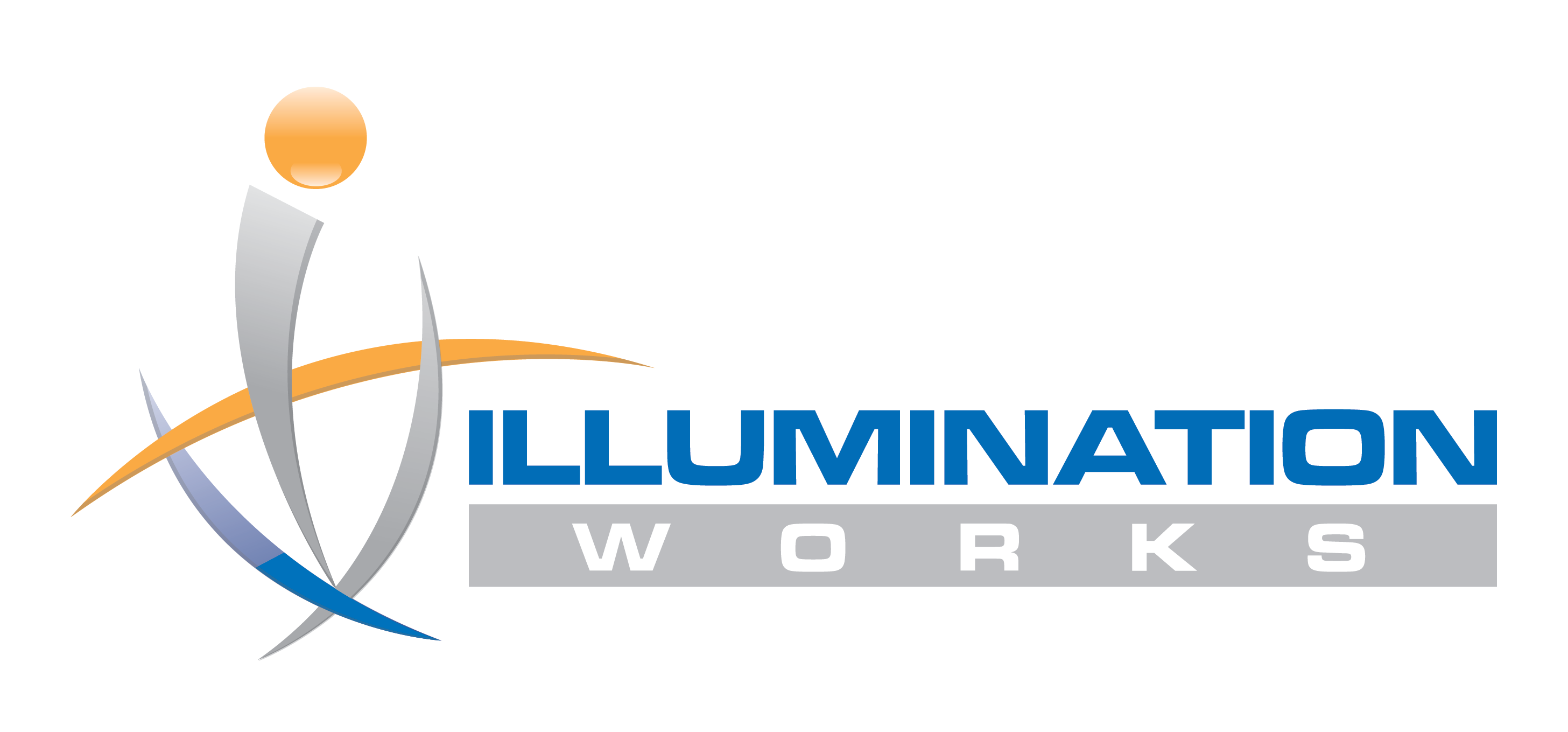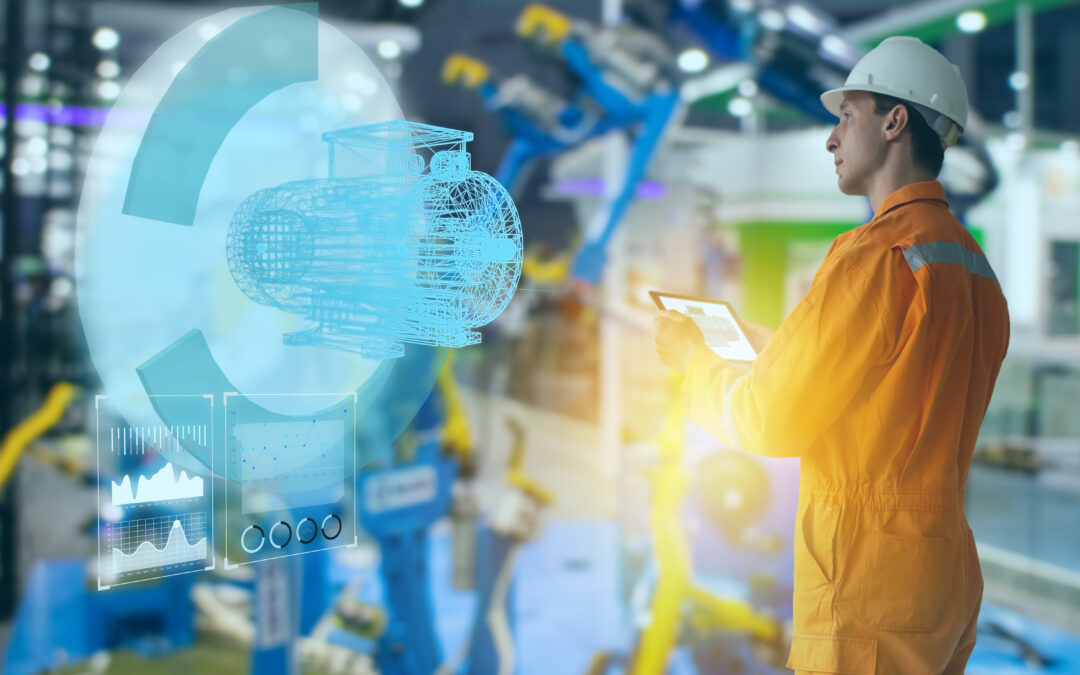Traditionally, novice employees would learn new procedures through face-to-face training with an expert in the company. However, this method may no longer be practical or cost-effective in today’s environment.
Effective AR Industrial Maintenance & Training
Face-to-face training is time-consuming and expensive because an expert must be available on-site to deliver the content. Meanwhile, as companies shift production to smaller lot sizes and increasingly automated processes, continuous guidance from an experienced colleague has become hard to scale.
The labor shortage in recent months and the retirement of experienced workers has widened skill gaps within the workforce. The strain has caused some plants to fall behind on safety and regulatory requirements, while delays to scheduled maintenance increase wear on equipment and subsequent replacement costs.
More and more companies are using augmented reality (AR) technology to deliver industrial and maintenance training to overcome these challenges. Effective AR training design must take a user-centric approach, which can be grouped into two areas: usability design and cognitive considerations.
Usability Design
- Create a simple and user-friendly interface. You can’t expect to see results if participants can’t find the content they need or navigate the training modules.
- Provide dynamic instructions based on each user’s interaction and response to the content. Show scrolling text, voice, or video instructions according to the participant’s progress.
- Display personalized feedback in real-time through intuitive interactions. The comments should be constructive and actionable to encourage trainees to take action right away.
Cognitive Considerations
- Reduce cognitive discontinuities between old and new work practices. Avoid functional discontinuities or gaps in operating modes. In practice, it means making the transition between the real world and the augmented world as seamless as possible.
- Lower cognitive workload by aligning workflows with the user’s mental state. For example, if a user is in a distracting environment, you should provide simple, step-by-step instructions. If the setting supports focus and concentration, you can introduce more complexity.
- Simplify and generalize how instructions are represented, which helps facilitate knowledge transfer onto new problems or different situations.
- Allow the user to control the pace of the training and the speed at which the instruction progresses. For example, do not move the training forward automatically.
- Motivate users with quantified self-information through gamification, such as measuring the time spent on completing each task or how accurately it is performed.
Maximize the Benefits of AR in Industrial & Maintenance Training
AR training can yield at least the same performance level or better than traditional methods, and makes it a superior option under many circumstances where scalability, flexibility, accessibility, and cost-efficiency are the priority. An AR experience should follow these design guidelines to help you reap the most benefits:
- Simple, user-centric design: The training materials should encompass all of the required functionality—no more and no less—and prioritize the user experience.
- Feedback and user engagement: The system should provide regular feedback to help trainees understand their progress and improve their performance.
- Consistency: The system should offer a consistent training experience, for example, by using commonly accepted standards to deliver the content and evaluate performance.
- User control: The training should allow trainees to control their pace and progression by going backward or forward and starting over at any point.
- Individualization: The system should be adaptable to meet each user’s demand based on their language preferences, roles, and specialty.
AR training offers many advantages to workers and companies by making knowledge-sharing more scalable, flexible, accessible, and safe. Not to mention, you can standardize the learning process and monitor progress to ensure that every employee completes all the required training in time.

About the Author
Rob Keefer, PhD, is the Director of Research and Innovation at Illumination Works. He has 20+ years of experience solving complex problems. In his research and innovation role at ILW, Rob works to develop solutions that promote the user’s perspective through his emphasis on human-machine teaming applications of data, artificial intelligence and machine learning algorithms, and visualization.
Rob has authored several articles, white papers, and presentations on data science, machine learning, and software craftsmanship. Rob holds a Master’s in Human Factors Engineering and a PhD in Computer Science and has guided or led the development of software systems with 30+ organizations including Raytheon, Major League Baseball (mlb.com), and the U.S. Air Force.

